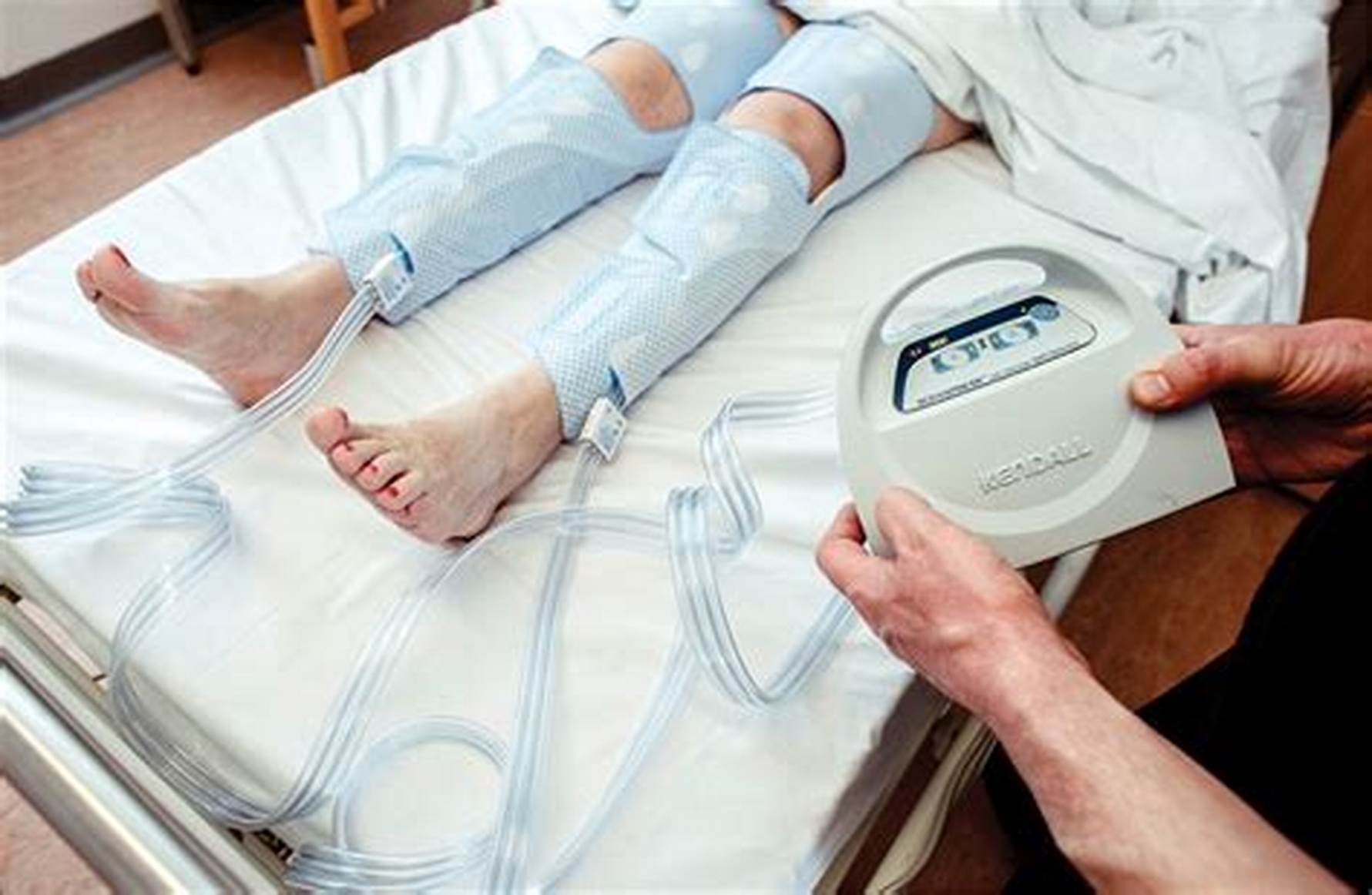Themes: Complications In progress

|
Debbie is a 63 year old retired nurse. She presented with a large Right TACI 2 weeks ago. NIHSS was 15. Her ECG shows SR. She was a smoker until admission. She has a high BMI. She has type 2 diabetes. She had thrombolysis on admission at 90 minutes from onset. She has had a CTA which shows a blocked Right ICA. Today on the ward she is noted to have a raised NEWS score. It is 10 pm at night. Tachycardic and appears unsettled. On examination the chest is clear. Her legs appear normal. Heart sounds normal.
|
|---|
1. What is your differential diagnosis
- 1. Pulmonary embolism is likely but will need confirming
- 2. Pneumonia but no fever or cough or sputum
- 3. Pulmonary oedema but no signs
- 4. COPD/Asthma exacerbation but there is no wheeze and no history of lung disease
2. What initial tests would you consider.
- ECG: will exclude an MI or arrhythmia causing LVF
- Arterial blood gas: will demonstrate acidosis, and hypoxia. She may have COPD with a smoking history and CO2 retention.
- CXR: exclude other causes.
3. What actions would you take
- Start IV fluids which should help RV filling
- Start Oxygen 24-28% to get sats 94-98%.
- Higher amounts of oxygen may be needed but with close monitoring of ABG for CO2 retention
- Start full dose LMWH
- Close observation
4. What treatment is recommended
Where there is real concern over an Acute PE treatment with full weight adjusted LMWH is started. This is given subcutaneous. There is less need nowadays for IV unfractionated heparin
5. What is the definitive test
- A Doppler of the leg veins may confirm an above knee DVT which requires anticoagulation
- A CTPA may demonstrate a clot in the pulmonary artery
- A VQ scan may show ventilation but no perfusion in an area affected by a PE
5. What is the definitive test
A CT PA is done which shows multiple Pulmonary emboli

6. If the original stroke had been haemorrhagic would this have changed your plan.
7. How long would you consider anticoagulation
Usually in a provoked stroke (by immobility related to the stroke) anticoagulation is continued for about 12 weeks. In the case of a a haemorrhagic stroke an IVC filter would have been considered.
8. Why are stroke patients at a higher risk of DVT and PE
- Reduced blood flow as a results of the weakness in the affected limb
- Possibly vessel wall injury
- Hypercoagulable state related to changes in the blood after stroke
A DVT is formed in the calf veins and can propogate into the above knee veins which is more significant. Clots can also extend to deep pelvic veins. These clots can embolise into the IVC and travel up through the heart and into the pulmonary artery to cause a PE. These may be life threatening.
8. When should patients be considered for an IVC filter and what does it do
An IVC filter is inserted through the femoral vein and is like an umbrella sitting in the inferior vena cava and the idea is to catch clots before they can move from the leg and pelvic veins to the lungs. IVC filters are not without risks and can be removed after a period of time. Their effectiveness and safety profile is not well established, and in general, they are only recommended in some high-risk scenarios. Their use is considered in very immobile high risk patients who have large haemorrhagic stroeks and cannot be anticoagulated.

9. How do we prevent DVTs in stroke patients
- Hydration and early mobility
- The use of Intermittent pneumatic compression of the calf is the standard of care
- In some high risk cases we use low dose LMWH

| Note: The plan is to keep the website free through donations and advertisers that do not present any conflicts of interest. I am keen to advertise courses and conferences. If you have found the site useful or have any constructive comments please write to me at drokane (at) gmail.com. I keep a list of patrons to whom I am indebted who have contributed. If you would like to advertise a course or conference then please contact me directly for costs and to discuss a sponsored link from this site. |